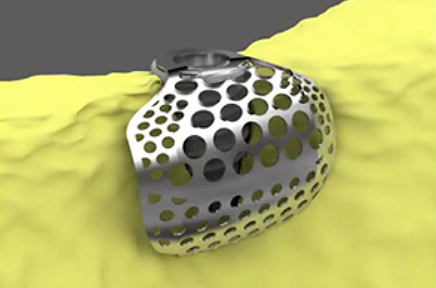Does the Ti mesh need to be covered by a membrane in GBR?
Doesn’t it cause soft tissue ingrowth if the Ti mesh is not covered by a membrane?

Does the Ti mesh need to be covered by a membrane in GBR?
Doesn’t it cause soft tissue ingrowth if the Ti mesh is not covered by a membrane?

Dr. Jennifer Watters comments:
You don’t actually have to cover it with a membrane, but many practitioners do. I would cover it with strips of PRF and plan on primary closure.Robert Salisbury comments:
Perhaps the new ACE Amnion Chorion is a good option. Growth factors and a real barrier to boot.Sam comments:
Use PRF or as suggested below a resorbable membrane, [Amnion Chorion membrane](https://www.ddsgadget.com/amnion-chorion-membrane.html) is a great choice for this particular type of use case.Alex comments:
Many practitioners don't use membrane over mesh...soft tissue ingress is allegedly not the issue as long as the periost is intact. Another issue is that Ti mesh is very prone to exposure...Michael comments:
Why is the Ti mesh very prone to exposure?Greg Kammeyer, DDS, MS comments:
If you use a non-cross linked membrane, then it allows blood flow to the woven bone that forms after it has melted. Also a collagen membrane protects the periosteum from the rough edges of the TiMesh. L-PRF makes no sense to me. It lasts 2 weeks and then you'll still get periosteum invading the holes in the membrane. The prime vascularity comes from the endosteum, not the periosteum,, hence why corticotomy is essential. If you want to stimulate blood flow by up regulating Veg F, then use PDGF or BMP in the graft. Yes, exposure is common. Most often from insufficient flap release and not using vertical mattress sutures. Many thin phenotype patients benefit from a dermis CTG before the mesh procedure, hence decreasing the risk of exposure. A good retrospective article came out of Loma Linda U in the most recent issue of Oral Implantology, that compares membrane exposure with collagen, TiMesh and TiPTFE.